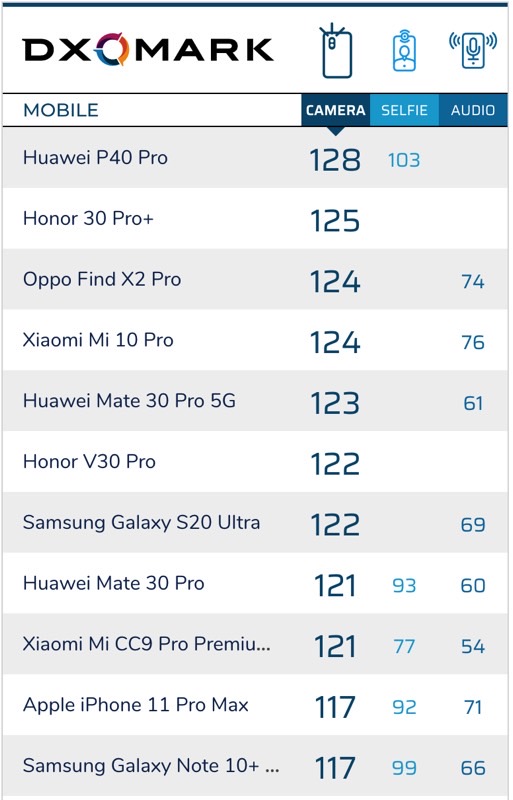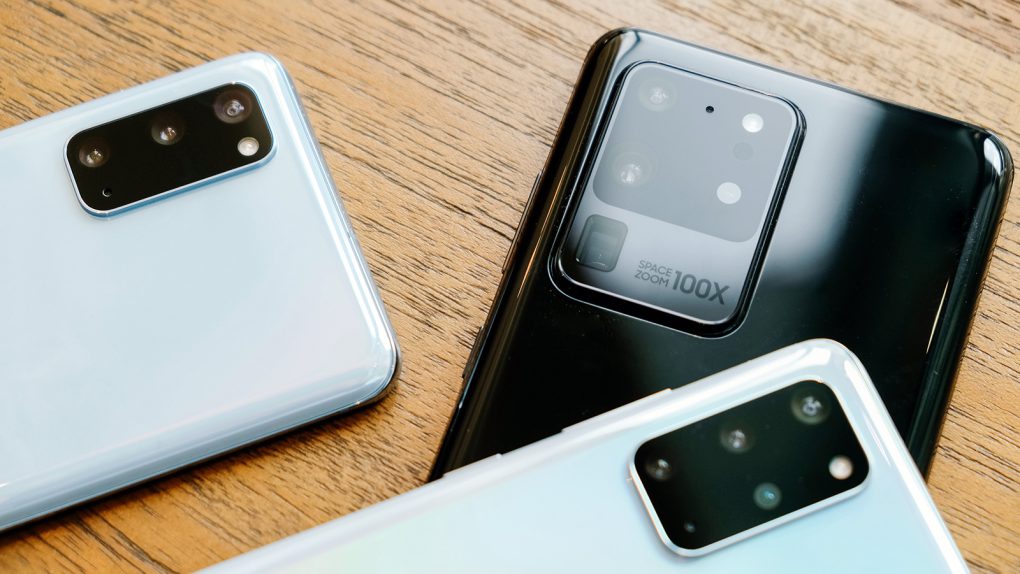- Smartphone camera review DxOMark says Galaxy S20 Ultra isn’t on par with other devices launched this year, including the Huawei P40 Pro and the Oppo Find X2.
- The Galaxy S20 Ultra score, however, is meaningless as not all aspects of photography can be measured objectively. Not to mention that the score itself doesn’t make sense to anyone trying to understand it.
- What the score and timeliness of the review seem to indicate is that the DxOMark verdict wasn’t relevant for Samsung’s marketing purposes for the new flagship series.
- Visit BGR’s homepage for more stories.
Samsung’s best new camera phone is the Galaxy S20 Ultra that was launched only a few months ago. The best Galaxy S20 version that you can buy has a unique rear-facing camera system that includes a 108-megapixel main sensor as well as a periscope lens that’s supposed to power that massive 100x zoom. We’ve already seen plenty of samples from S20 Ultra users that showed the latter is mainly just a marketing trick. Yes, 100x zoom is possible, but the results are often unusable. It’s the lower zoom levels that are really more impressive. Also, various reviews highlighted several camera performance issues with the Galaxy S20 that Samsung had to fix, like the problematic autofocus feature.
This brings us to the latest Galaxy S20 review, one that some people may have been waiting for before deciding on whether to buy the expensive phone or not. It’s the review from the professionals from DxOMark, which gives the S20 Ultra a meaningless score that you shouldn’t trust, especially in relationship with the other new phones out there.
With 122 points out of there-is-no-maximum, the Galaxy S20 scores lower than a bunch of other 2020 phones, including the Huawei P40 Pro, the Oppo Find X2, and the Xiaomi Mi 10. It does even worse than the Huawei Mate 30 Pro, and barely outscores the Xiaomi Mi CC9 Pro that has the same monster 108-megapixel sensor. But, again, these scores shouldn’t be trusted, because not all of the aspects of photography can be quantified with scores and ratings. The art of photography isn’t subjective, not everything can be measured. And the way DxOMark measures things makes no sense.

What’s definitely worth highlighting isn’t the artificial score of the S20 Ultra, but the way the review was conducted compared to last year’s Galaxy S10+.
Back in mid-February 2019, DxOMark reviewed the Galaxy S10+ so fast, that it didn’t even have time to upload all the necessary samples. If anything, DxOMark does provide plenty of imagery and video in its review, and those are useful to judge the camera abilities of a phone yourself while ignoring the final score. Here’s what DxOMark said at the time:
We wanted to share the results of our tests with our readers as soon as possible and therefore produced and posted this short version of the Samsung Galaxy S10+ camera review. We will expand this to a full-format review in the coming days, so please check back soon for more comprehensive results and sample image sets.
Also, the Galaxy S10+ review had been performed on what appeared to be a preproduction unit. At the time the review had been published, the Galaxy S10 wasn’t available in stores. Even so, the Galaxy S10+ got the highest score in the aforementioned meaningless DxOmark camera ratings, and Samsung was quick to brag about the scores on its website.
Fast-forward to 2020 and something entirely different happened. Not only didn’t DxOMark review the best Galaxy S20 phone before the phone hit stores, but the handset didn’t even get the high scores that smartphone makers usually quote in marketing materials, sometimes even before the phone is launched.
What’s perplexing in all of this is that two flagship phones from the same manufacturer got an entirely different treatment from DxOMark. The Galaxy S10+ camera review seemed to have been rushed for marketing reasons. And the phone topped DxOMark’s meaningless rankings. The Galaxy S20 Ultra review came more than two months later after the phone’s launch. Should we assume there wasn’t any marketing urgency to have it done sooner than that, and have it out during a time when it would have mattered more for Samsung sales? And if there were no incentives, should we assume any bias? Or is it that Samsung knew that the Galaxy S20’s cameras had issues that would come up in such reviews?
The bottom line is that, as with any phone that gets a DxOMark ranking, you should totally ignore the scores. The full review is available at this link, and you should check it out. It has plenty of samples that explain the good and bad about the Galaxy S20 Ultra’s cameras. Just ignore the scores that don’t make any sense.








